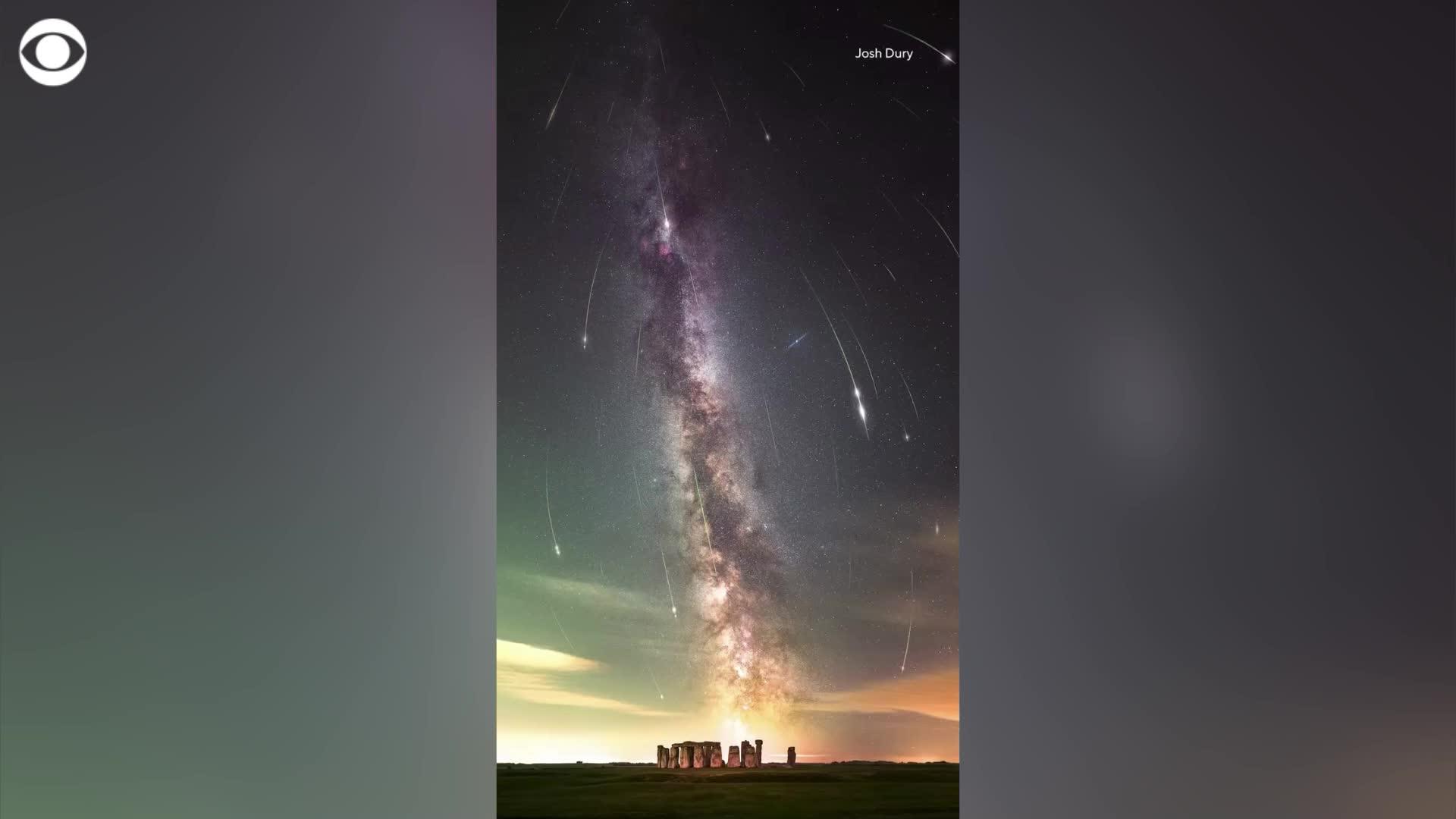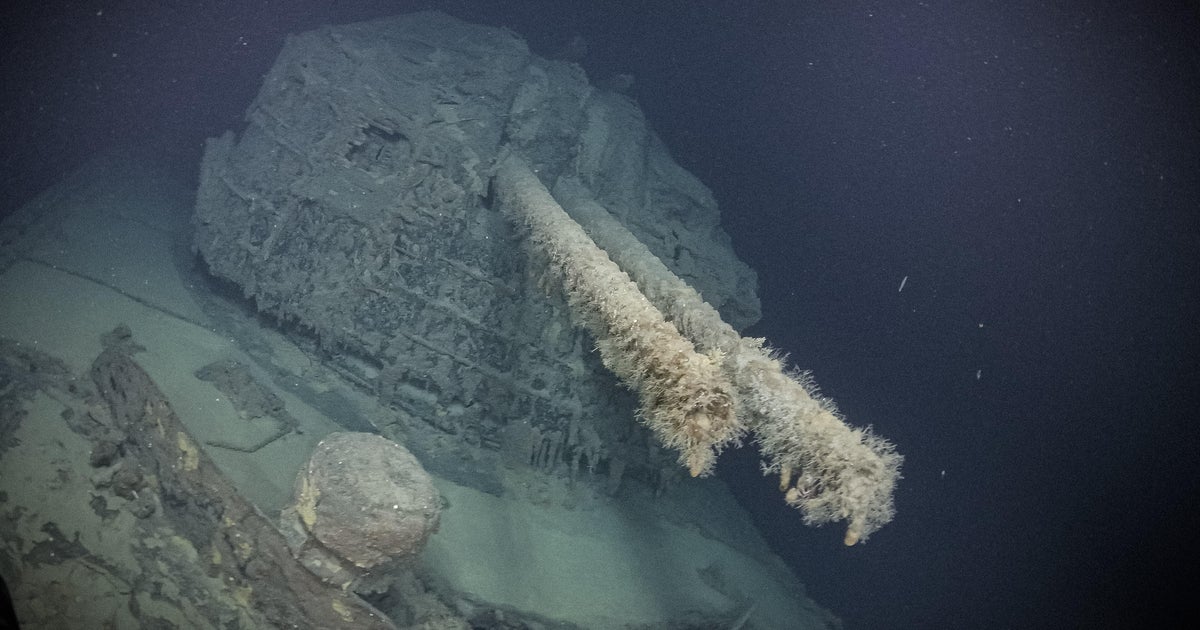See the Perseid meteors rain over Stonehenge

The Perseids meteor shower begins this week and is expected to offer one of the best shows in the sky of 2025.
The event is considered the best meteor shower of the year, according to NASA, and is also the most popular.
When is the 2025 Perseid meteor shower?
The shower begins on Thursday, July 17, and will continue for several weeks, until at least Aug. 23, according to NASA and the American Meteor Society, a nonprofit organization.
The meteor shower is expected to peak from Aug. 12-13, although moonlight will impact meteor visibility. The moon will be 84% full during the peak.
Where and how to view the Perseids
NASA says the best time to view the Perseids is early in the morning, before dawn, in the Northern Hemisphere. Sometimes, however, the meteors can be seen at night as early as 10 p.m.
"The Perseids are one of the most plentiful showers with about 50 to 100 meteors seen per hour," NASA says. "They occur with warm summer nighttime weather allowing sky watchers to comfortably view them."
Perseids often leave long "wakes" of color and light when they move through Earth's atmosphere. NASA notes they are also known for their fireballs.
"Fireballs are larger explosions of light and color that can persist longer than an average meteor streak," the space agency says. "This is due to the fact that fireballs originate from larger particles of cometary material. Fireballs are also brighter."
What causes the Perseids meteor shower?
The meteor shower occurs when Earth passes through an area of space debris left by a comet coming around the sun. Debris interacts with Earth's atmosphere and disintegrates, resulting in colorful lines in the sky, according to NASA and the American Meteor Society.
"The pieces of space debris that interact with our atmosphere to create the Perseids originate from comet 109P/Swift-Tuttle," which last visited the inner solar system in 1992, NASA says.
Swift-Tuttle takes 133 years to orbit the sun, NASA said, and in 1865, Italian astronomer Giovanni Schiaparelli became the first person to determine this comet was the source of the Perseids.
When looking at the Perseids, they appear to come from the constellation Perseus, which is why this meteor shower has its name. But as NASA explains, the meteors don't actually originate from the constellation.
Sarah Lynch Baldwin is a deputy managing editor of CBSNews.com. She helps lead national and breaking news coverage and shapes editorial workflows.











 English (US) ·
English (US) ·